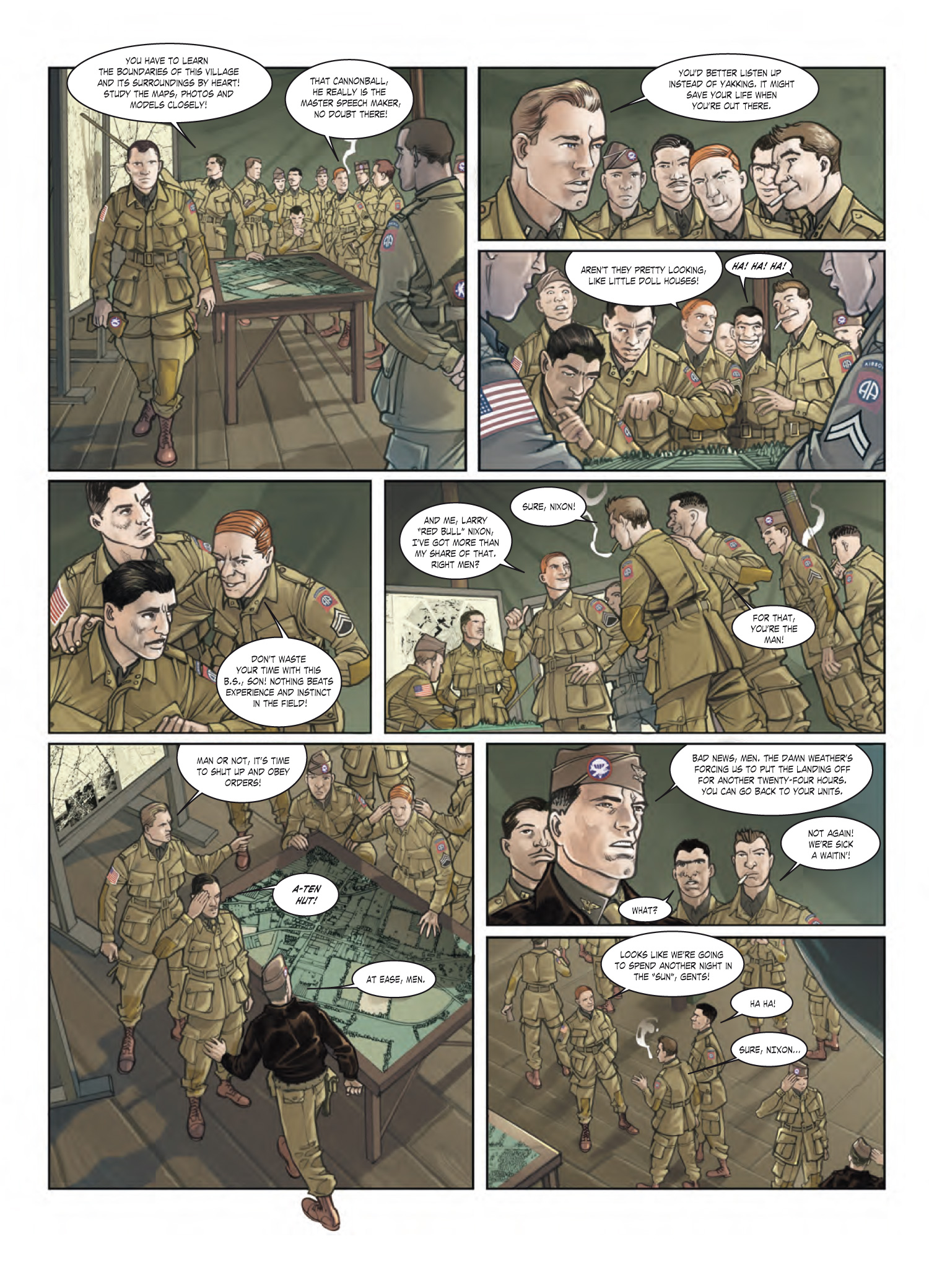


Danny, it turns out, is a Chinese American boy so desperate to fit in with his Caucasian peers-and to win the heart of the cute Caucasian girl-that he imagines himself with light hair and light eyes, giving himself a new name and distancing himself from the few Asian friends he used to hang out with. Yet, in the five years since I first read American Born Chinese, it is Danny who still makes my guts twist. Always in the foreground, each of his teeth about the size of other characters’ noses, Chin-Kee and all that he represents cannot be ignored.

The reader’s impulse is to look away, but Yang does not allow it. The image is so extreme as to highlight the ridiculousness of such long-accepted stereotypes. He speaks terrible English and makes juvenile, inappropriate comments to women, reminiscent of Long Duk Dong from the film Sixteen Candles. Chin-Kee is larger than life, embodying the most painful of Chinese stereotypes, with slit-eyes, buckteeth, yellow skin, and a long queue. It’s no surprise that the title character of a story called “Everyone Ruvs Chin-Kee” would dominate every panel he occupies, his bold blue and gold clothing garish against the muted earth tones of Danny’s universe. The also blonde, blue-eyed girl is blushing just when Danny’s mom calls from the other room that his cousin Chin-Kee is on his way for a visit. ONE OF THE THREE NARRATIVES woven through American Born Chinese, Gene Luen Yang’s debut graphic novel, opens with Danny, a blond, blue-eyed teen who seems to be on the cusp of moving forward in his relationship with his longtime crush.


 0 kommentar(er)
0 kommentar(er)
